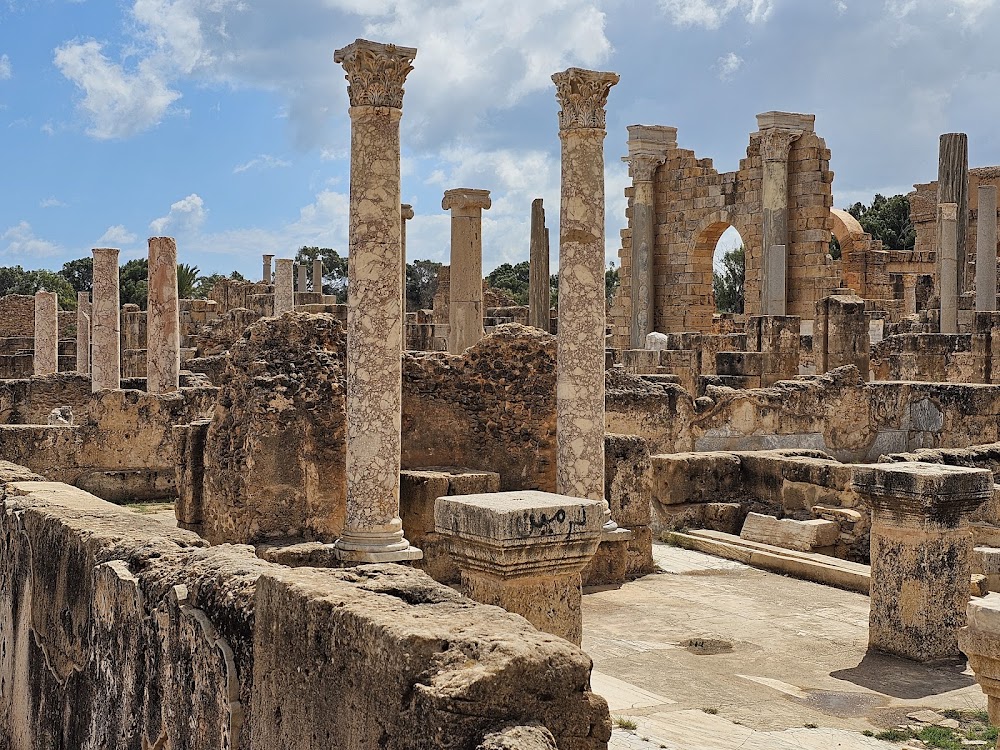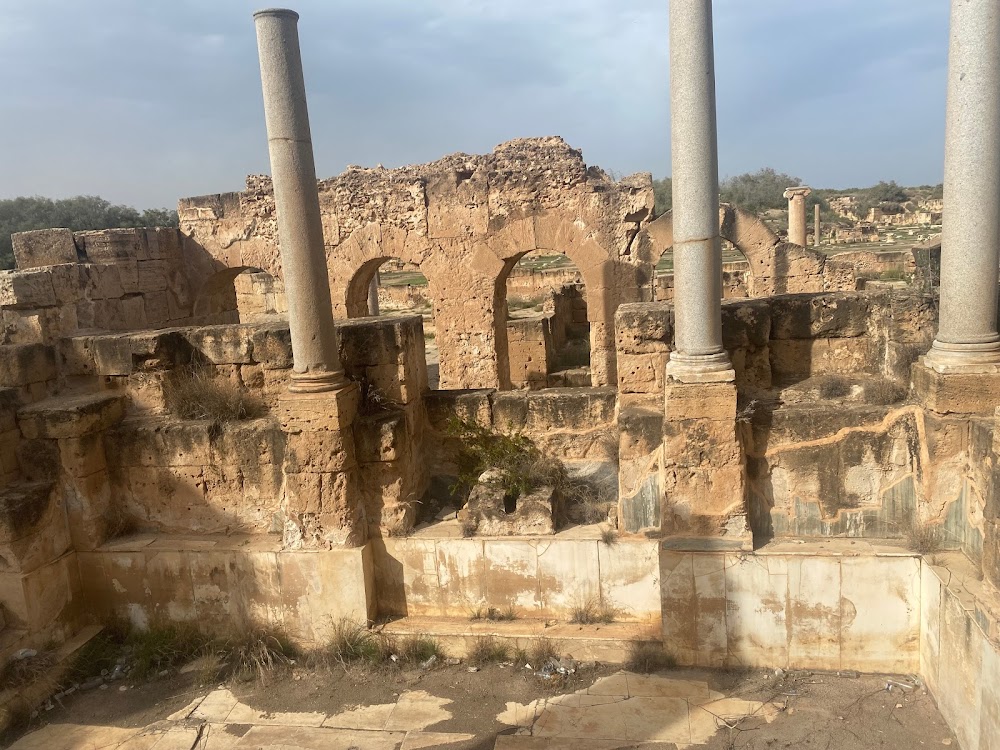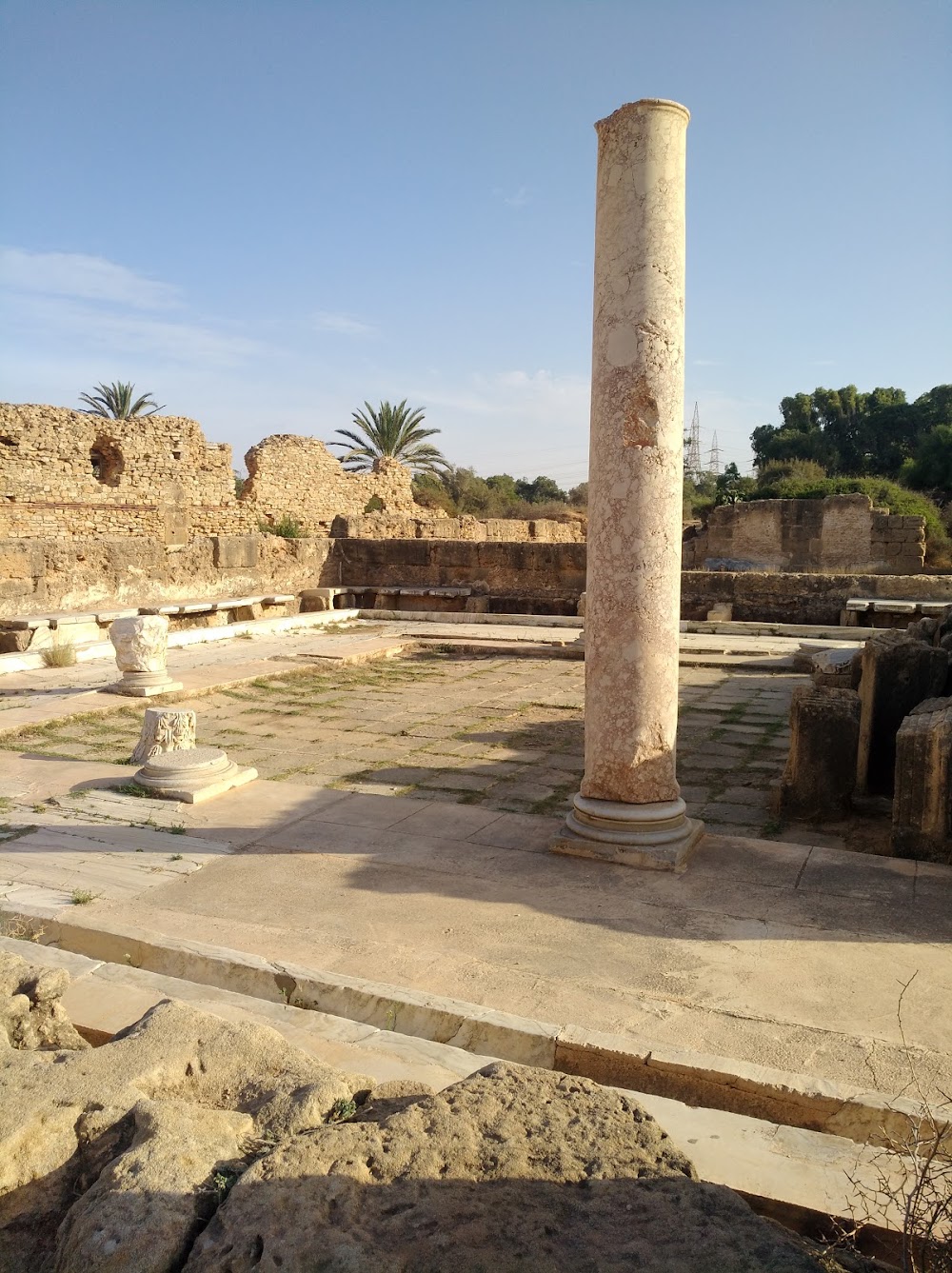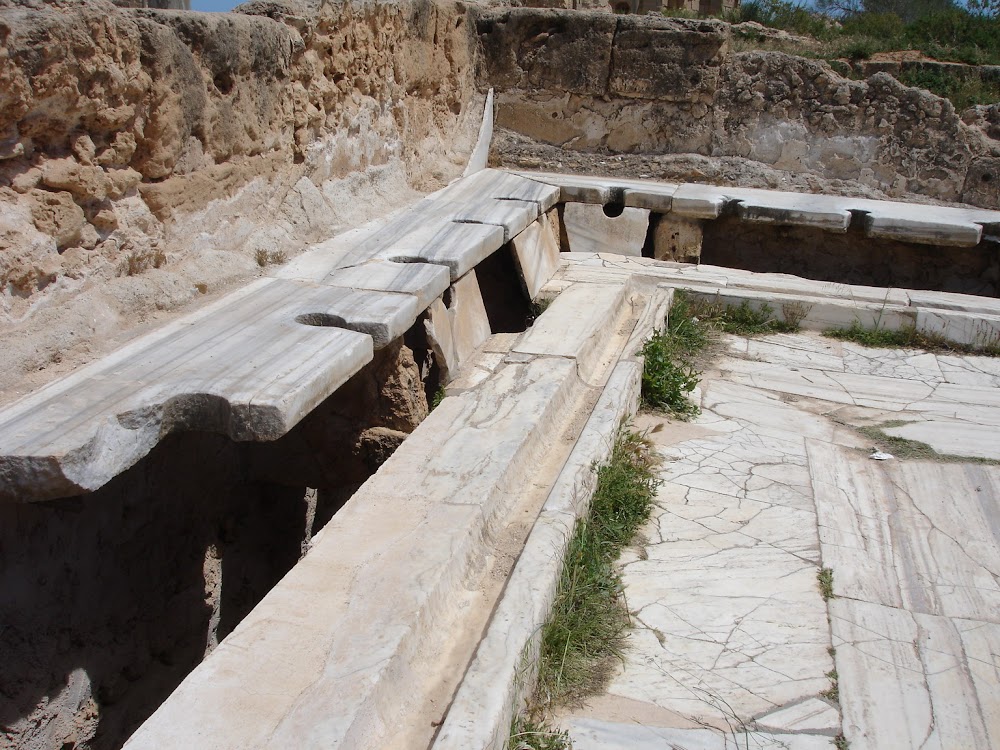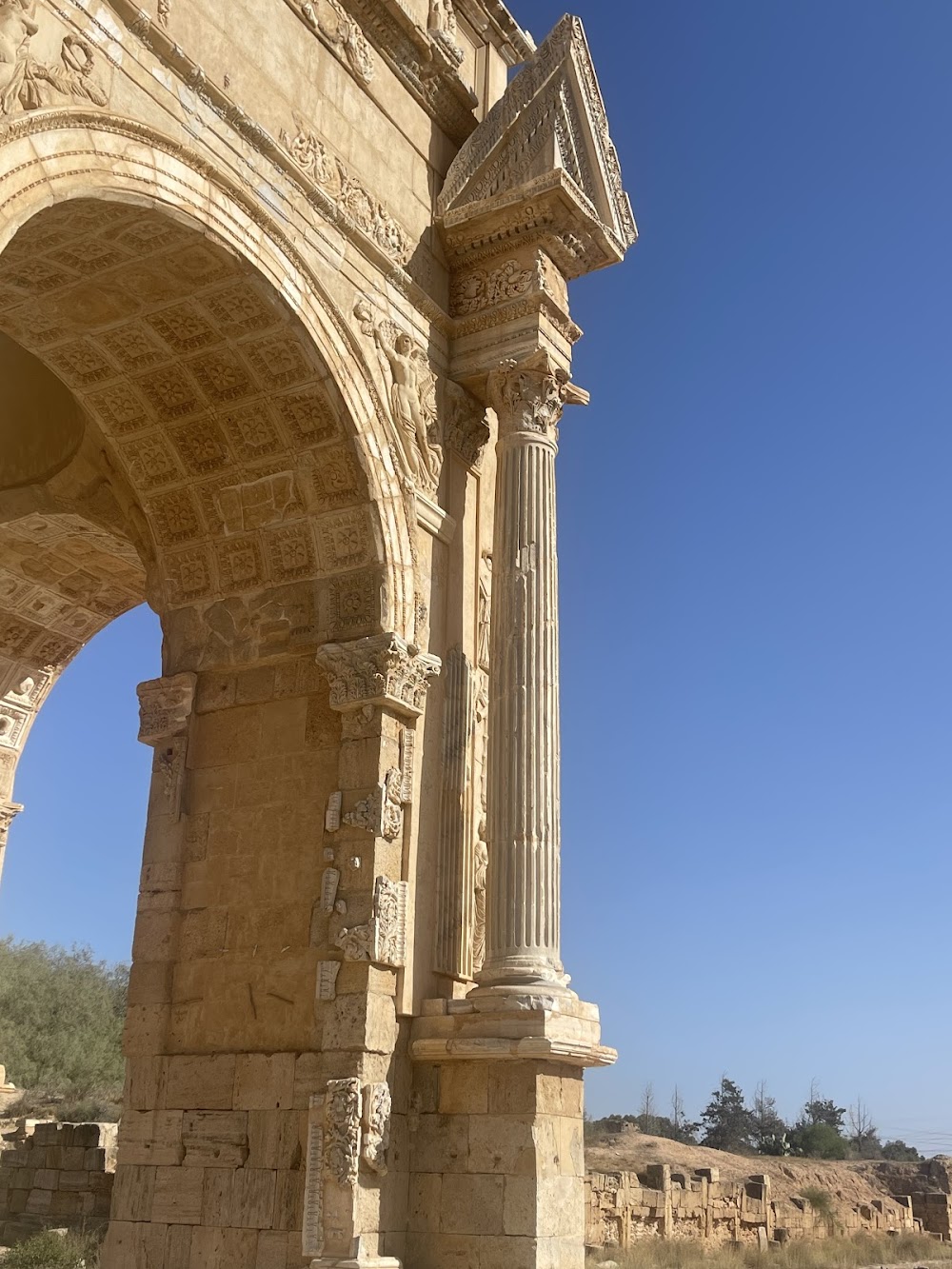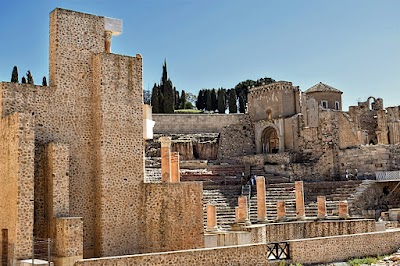Hadrianic Baths (حمامات هادريان)
Overview
The Hadrianic Baths in the city of Murqub, present-day Libya, stand as a breathtaking testament to the architectural brilliance of the Roman Empire. Constructed during the reign of Emperor Hadrian, who ruled from AD 117 to AD 138, these baths were part of his ambitious vision to enhance and beautify cities throughout the empire.
The strategic choice of location in Murqub allowed for easy accessibility and the availability of local building materials. The Romans, known for their engineering prowess, employed advanced techniques to ensure the durability and functionality of their structures. The primary materials used for construction—limestone and marble—were not only plentiful in the region but also added a touch of grandeur to the baths, ensuring they were as visually impressive as they were practical.
Inside the Hadrianic Baths, visitors would encounter a meticulously designed complex of rooms, each serving a unique purpose in the bathing experience. Entering through the apodyteria, or changing rooms, bathers would disrobe and securely store their clothing. From there, they would transition into the frigidarium, a cold room that prepared them for the varying temperatures of the baths.
Next to the frigidarium was the tepidarium, a warm room where bathers could acclimate their bodies before proceeding to the caldarium, the hot room. The caldarium was ingeniously heated by a hypocaust system that circulated hot air through ducts beneath the floor and within the walls. The elevated floors, supported by small pillars, created a space for the warm air to flow, ensuring a consistently comfortable environment.
The centerpiece of the Hadrianic Baths was the stunning natatio, an open-air swimming pool adorned with exquisite mosaics and statues, providing a visually captivating and relaxing atmosphere for bathers. Surrounding this pool were lush gardens and colonnaded walkways, enhancing the serene ambiance that encouraged leisure and social interaction.
Beyond the main bathing areas, the Hadrianic Baths boasted several specialized facilities. There were sudatoria, or steam rooms, where bathers could indulge in therapeutic steam treatments, as well as exercise areas known as palaestrae, where visitors engaged in physical activities like wrestling and ball games before or after their baths.
The Hadrianic Baths served as a vibrant community hub where individuals from various walks of life gathered to socialize, relax, and even conduct business. Open to both men and women—though typically at different times of day to respect modesty—the baths fostered social connections and contributed to the overall well-being of their society.
Throughout the centuries, the Hadrianic Baths underwent numerous renovations and repairs to maintain their splendor. However, the decline of the Roman Empire, along with shifts in governance and culture, ultimately led to their neglect. Today, remnants of the Hadrianic Baths still stand, offering a fascinating insight into the daily life and engineering marvels of ancient Rome.
Archaeological endeavors have played a crucial role in uncovering and preserving this historic site, allowing modern visitors to appreciate the ingenuity and grandeur of the Hadrianic Baths. As a significant historical and cultural landmark in Libya, the site attracts tourists and scholars alike, eager to explore and understand a remarkable chapter of Roman history.
In essence, the Hadrianic Baths are a shining example of Roman architectural and engineering capabilities, reflecting their dedication to public welfare and community engagement. More than just a place for hygiene and relaxation, these baths were integral to fostering social bonds and promoting the health and well-being of Roman society.


